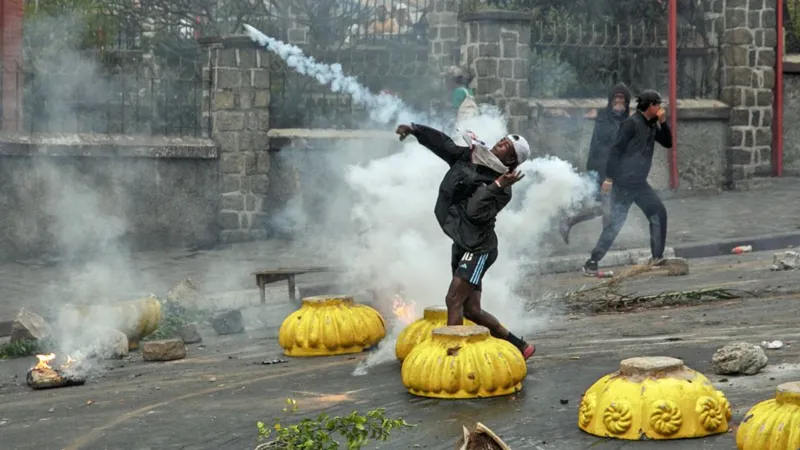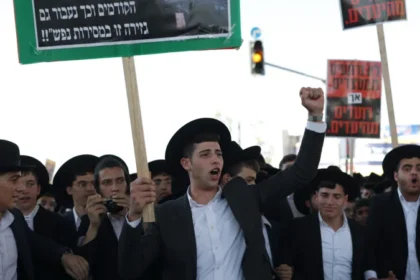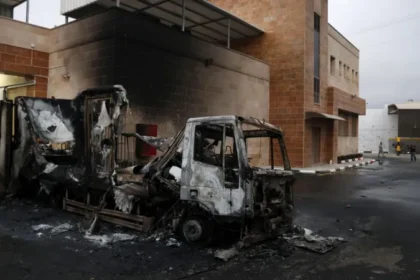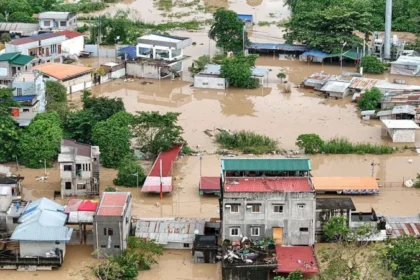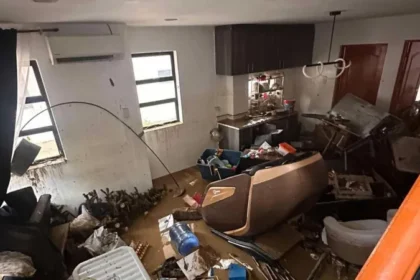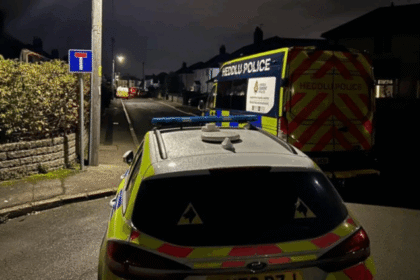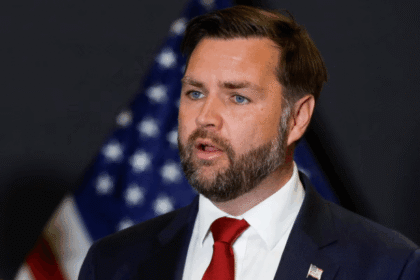Razanasoa Edmondine sits quietly in her modest home on the northern outskirts of Antananarivo, Madagascar’s capital, still struggling to come to terms with the death of her one-month-old grandson—a casualty, she says, of police tear gas used during ongoing anti-government protests.
“It was just a normal Friday,” she recalls, staring at the final photos of the baby on her phone. “My daughter-in-law was on her way to the market with the baby when they came across a protest.”
That protest was part of a wave of youth-led demonstrations that have rocked Madagascar over the past two weeks, driven by public frustration over chronic electricity and water shortages.
As demonstrators clashed with authorities, police arrived and began firing tear gas to disperse the crowd. In panic, Edmondine’s daughter-in-law ran into a nearby building with other protesters, clutching her infant and seeking safety.
But the chaos only intensified. Police reportedly fired tear gas canisters into the building, quickly filling it with smoke.
“The baby was trying to cry, but no sound came out,” Edmondine says, her voice breaking. “It was like something was blocking his chest.”
With the streets engulfed in unrest, the family was unable to reach a hospital until the following day. By then, the infant had suffered severe complications from tear gas inhalation. Despite doctors’ efforts, he passed away a few days later.
The tragedy has added to growing concerns about the use of force by security agencies during the protests, which have seen increasing reports of injuries and disruptions to daily life.
As the government faces mounting pressure to address the root causes of the unrest, families like Edmondine’s are left mourning—and demanding accountability.




